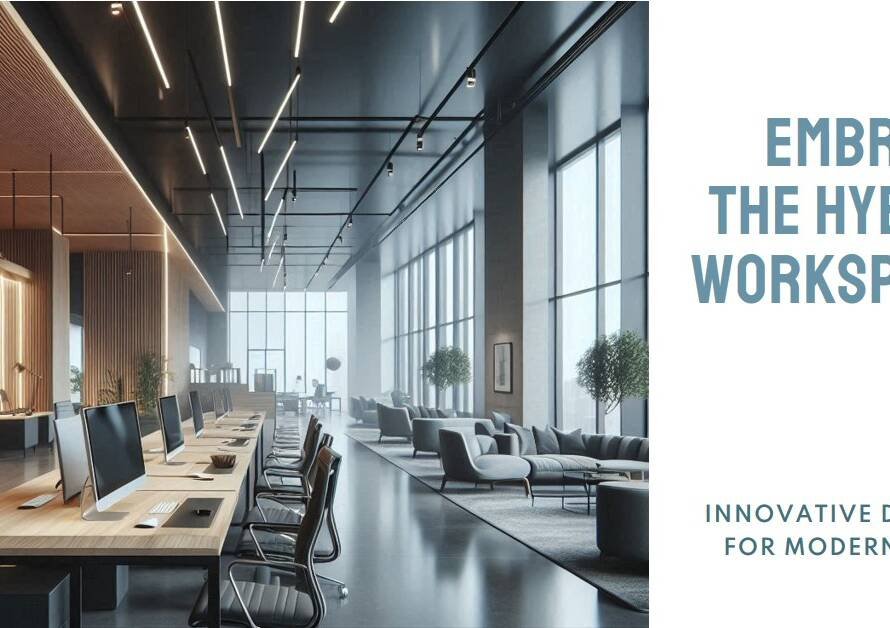
Table of Contents
- Introduction:
- The Essence of Mood Boards in Exterior Design:
- Understanding the Purpose of Exterior Design Mood Boards:
- Key Elements of an Effective Mood Board:
- Leveraging Digital Tools for Mood Board Creation:
- Integrating Current Architectural Trends:
- The Role of Inspiration in Design:
- Case Studies: Successful Mood Boards:
- Client Collaboration and Feedback:
- Future-Proofing Your Designs:
- Conclusion: The Power of Mood Boards in Exterior Design
Introduction:
As the architecture and design industry continues to evolve, staying ahead of trends is crucial for both professionals and enthusiasts. One of the most effective tools for visualizing and planning exterior design projects is the mood board. This blog post delves into the art and science of creating exterior design mood boards, exploring their benefits, how to curate them, and the latest trends in architectural aesthetics.
The Essence of Mood Boards in Exterior Design:
Mood boards are visual tools that compile images, textures, colors, and materials to convey a specific design concept. For exterior design, mood boards serve as a blueprint that helps communicate ideas, set the tone, and guide the design process.
By presenting a cohesive vision, mood boards facilitate better understanding and collaboration between designers, clients, and contractors. They are invaluable in ensuring that everyone involved is on the same page, reducing the risk of miscommunication and costly revisions.
Understanding the Purpose of Exterior Design Mood Boards:
Exterior design mood boards are not just about aesthetics; they are about capturing the essence of a project. They help designers conceptualize the look and feel of an outdoor space, including the building façade, landscaping, and other architectural elements.
These mood boards can illustrate a variety of styles, from modern and minimalist to traditional and rustic. By defining the overall ambiance, they ensure that all design elements work harmoniously, creating a seamless and appealing exterior environment.
Key Elements of an Effective Mood Board:
Creating a compelling mood board requires a careful selection of elements. Start with a clear theme or style that aligns with the project’s goals. This theme will guide your choices of colors, materials, textures, and imagery.
Colors are fundamental in setting the mood. Neutral tones might convey elegance and sophistication, while bold colors can add vibrancy and energy. Textures and materials, such as wood, stone, metal, and glass, should complement each other and the overall design narrative.
Leveraging Digital Tools for Mood Board Creation:
In the digital age, a plethora of tools and software can aid in the creation of mood boards. Programs like Adobe Photoshop, Illustrator, and Canva offer powerful features for arranging images and adding annotations.
Digital tools provide flexibility, allowing you to easily modify and update your mood board as the project evolves. They also enable you to present your ideas in a polished and professional manner, enhancing client presentations and stakeholder meetings.
Integrating Current Architectural Trends:
Staying updated with the latest architectural trends is vital for creating relevant and inspiring mood boards. Currently, sustainability and eco-friendliness are at the forefront. Incorporating green roofs, solar panels, and sustainable materials can reflect these values.
Another trend is the fusion of indoor and outdoor spaces. Designers are increasingly blurring the lines between interior and exterior, using large windows, sliding doors, and cohesive materials to create a seamless transition between the two.
The Role of Inspiration in Design:
Inspiration can come from various sources, including nature, art, travel, and history. When creating a mood board, draw on these influences to add depth and character to your design.
Nature-inspired designs might feature earthy colors, organic shapes, and natural materials. Historical influences could bring in classical elements, such as columns or ornamental details, while travel-inspired designs might incorporate cultural motifs and global aesthetics.


Case Studies: Successful Mood Boards:
Examining successful case studies can provide valuable insights. For instance, a contemporary beach house mood board might include images of clean lines, expansive glass windows, and a palette of blues and neutrals to evoke the seaside environment.
Another example could be a rustic cabin, with a mood board showcasing wooden beams, stone fireplaces, and warm, earthy tones. These case studies highlight how mood boards can effectively convey a specific theme and guide the design process.
Client Collaboration and Feedback:
Mood boards are powerful tools for client collaboration. Presenting a mood board early in the design process allows clients to visualize the proposed ideas and provide feedback.
This collaborative approach ensures that the final design aligns with the client’s vision and preferences. It also helps to build trust and satisfaction, as clients feel involved and heard throughout the project.
Future-Proofing Your Designs:
Lastly, consider how to future-proof your designs. Trends come and go, but timeless design principles endure. Aim to balance contemporary elements with classic styles that will remain appealing for years to come.
Flexibility is key. Design spaces that can adapt to future changes in lifestyle and technology. This might include modular designs, multi-functional spaces, and smart home integrations.
Conclusion: The Power of Mood Boards in Exterior Design
In conclusion, mood boards are essential tools for navigating architectural trends and creating cohesive exterior designs. By carefully curating elements, leveraging digital tools, and staying informed about current trends, designers can craft inspiring and functional outdoor spaces.
Through collaboration and thoughtful planning, mood boards help bridge the gap between concept and reality, ensuring that every project achieves its full potential. Whether you are a seasoned professional or a design enthusiast, mastering the art of mood boards will elevate your architectural endeavors.


